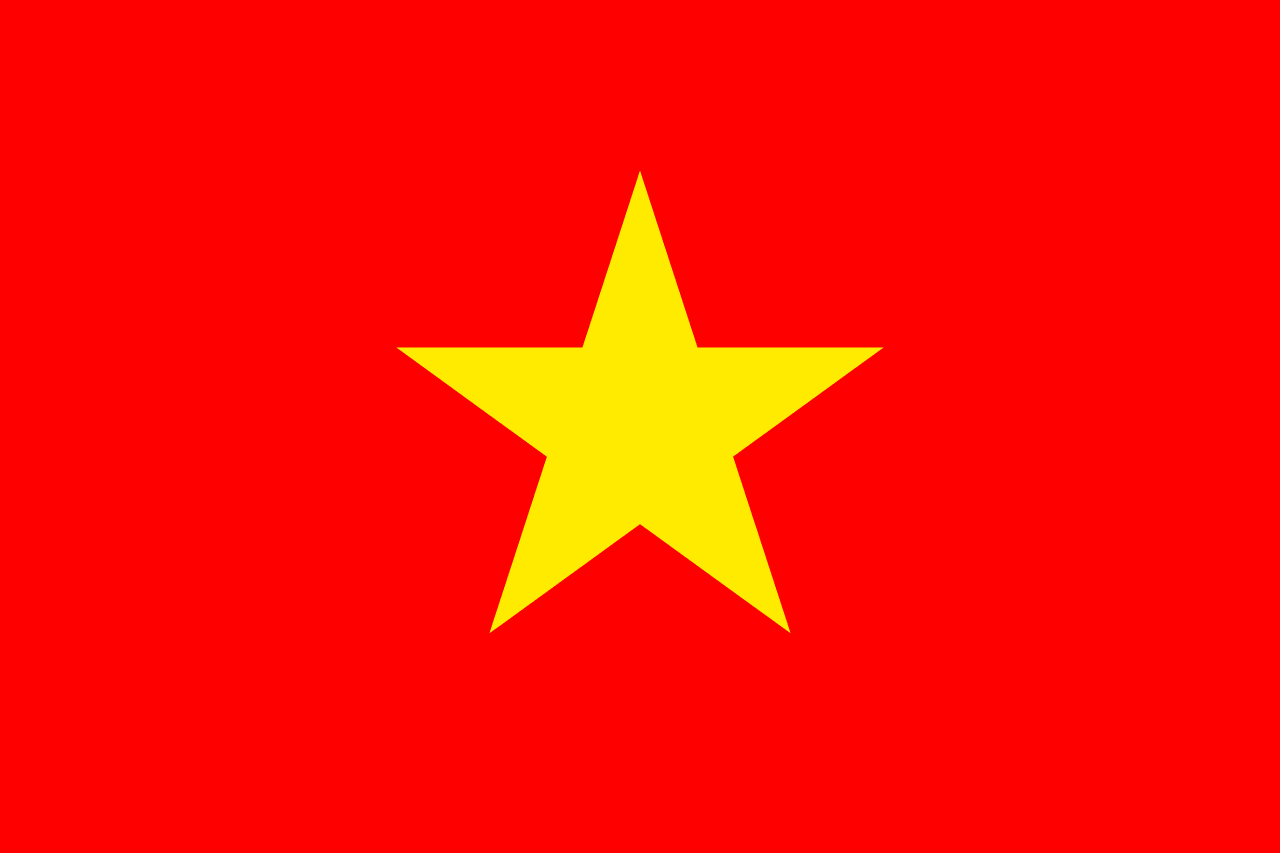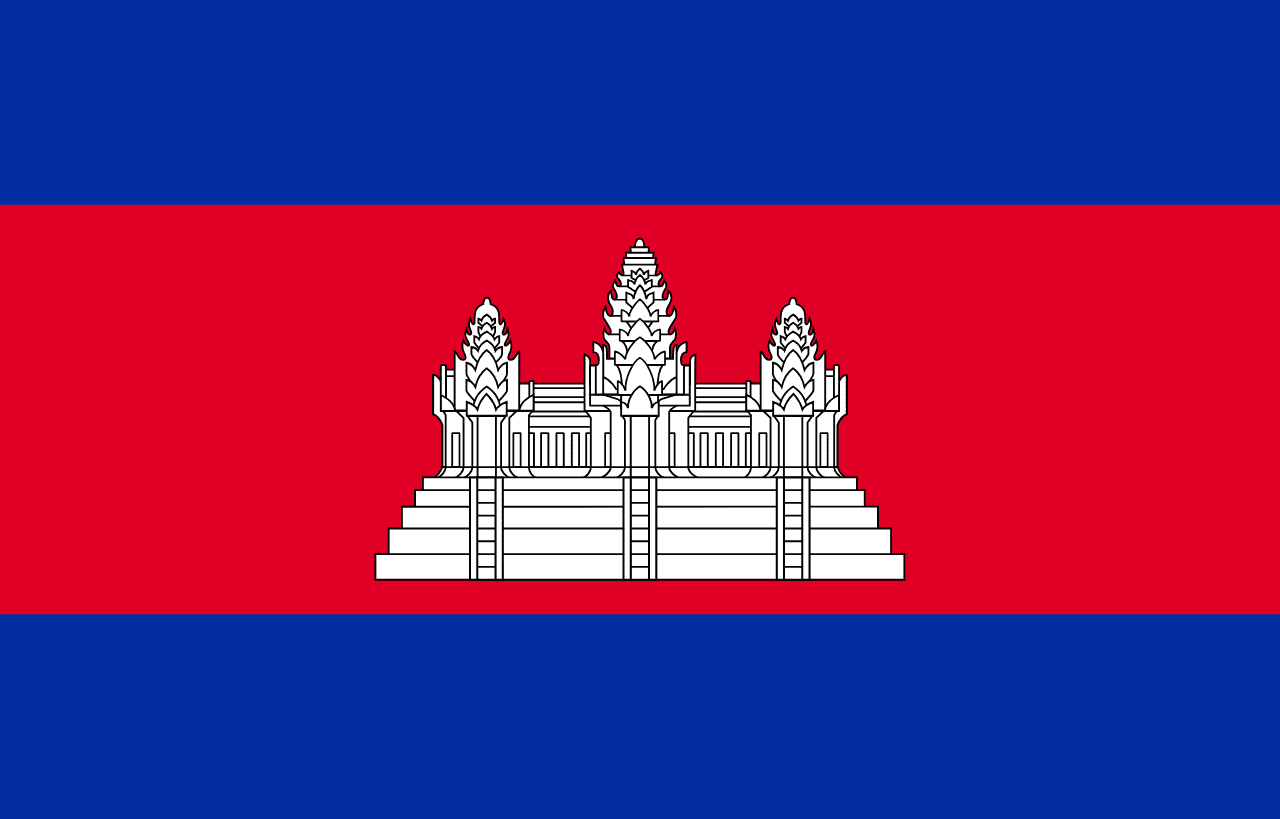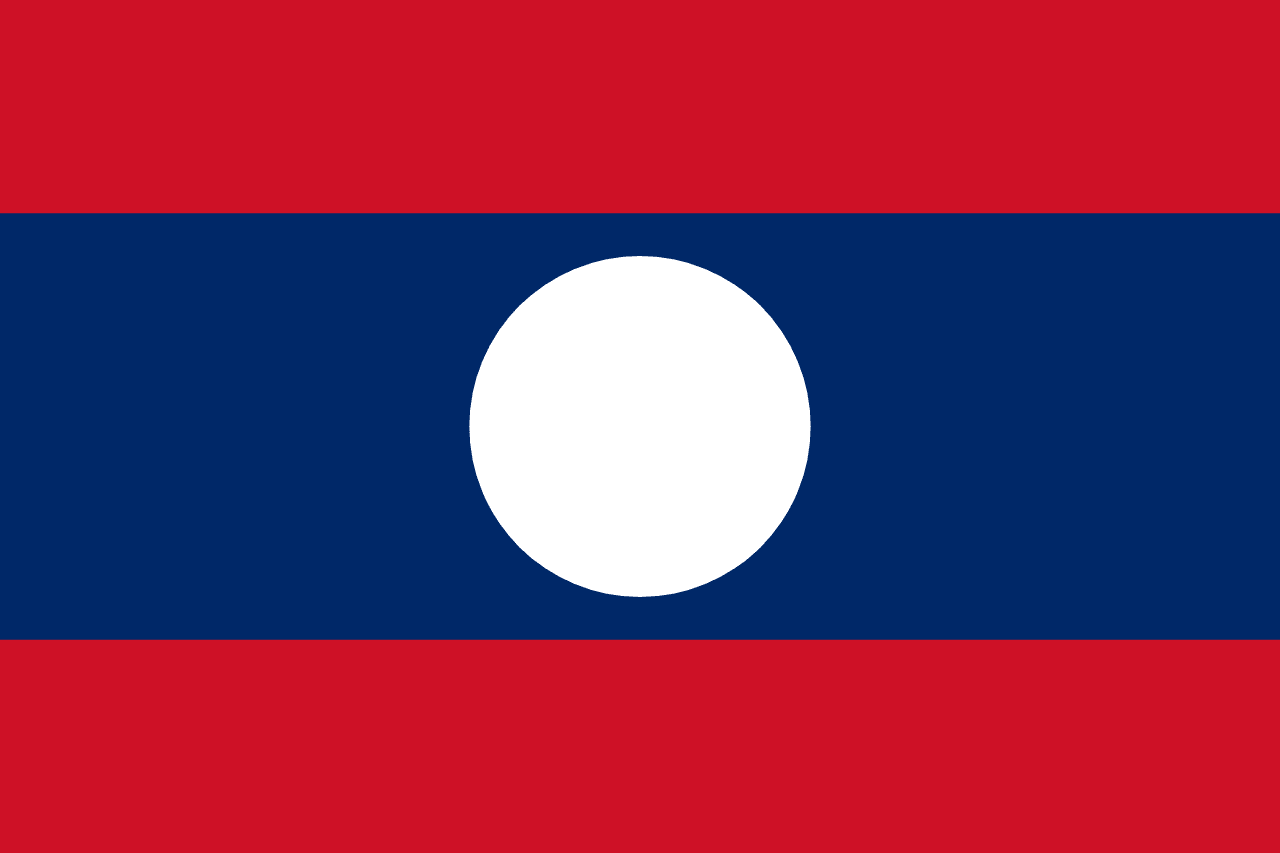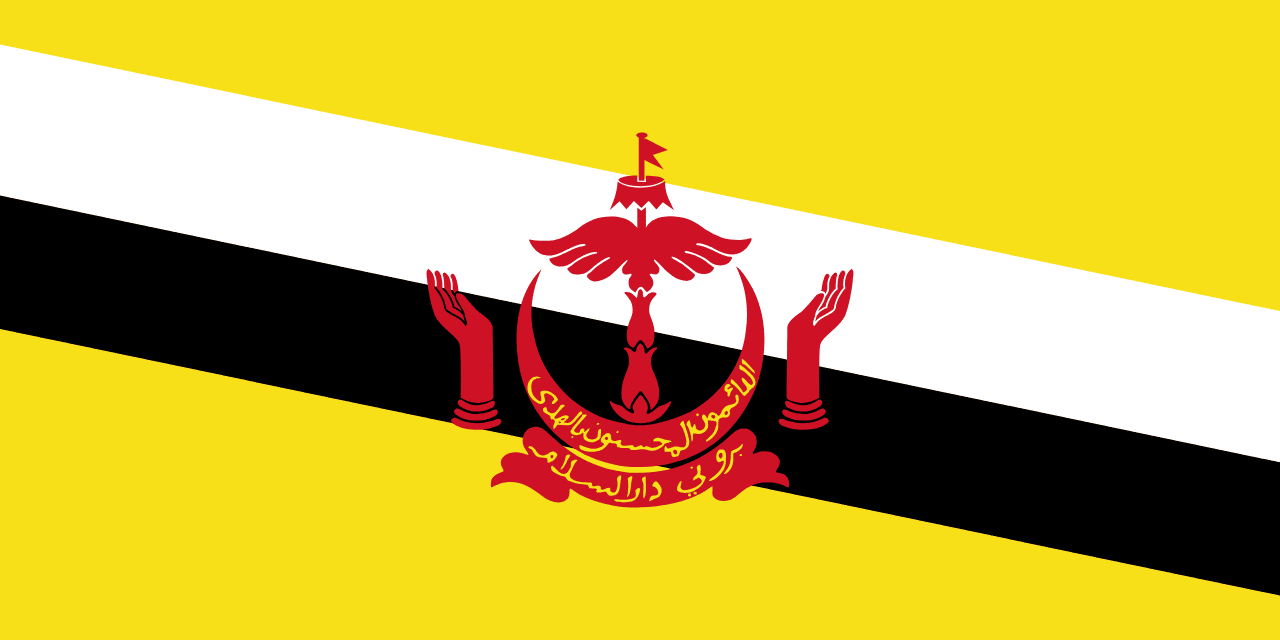Vietnam Flag Meaning
A red field with a large yellow five-pointed star in the center, representing the blood shed for independence and the unity of workers, peasants, intellectuals, youth, and soldiers under Communist Party leadership in the struggle for national liberation and socialist construction.
- Continent
- Asia
- Adopted
- 1945
- Ratio
- 2:3
- Colors
- red, yellow
- Designer
- Nguyen Huu Tien

Symbolism
Red Field: Represents the blood shed by Vietnamese patriots in their struggle for independence and national liberation, symbolizing the sacrifices made during centuries of resistance against foreign domination and the revolutionary spirit of the people.
Yellow Star: Represents the unity of the Vietnamese people under Communist Party leadership, with the five points traditionally symbolizing workers, peasants, intellectuals, youth, and soldiers working together for national development.
Communist Symbolism: The flag embodies the principles of Vietnamese socialism and the leading role of the Communist Party in guiding the nation toward prosperity, equality, and international solidarity with other socialist countries.
National Unity: The single star represents the unified Socialist Republic of Vietnam, symbolizing the successful reunification of North and South Vietnam after decades of division and war.
History
- 2879 BC-938 AD: Legendary and historical Vietnamese kingdoms including the Hồng Bàng dynasty and later Chinese domination for over 1,000 years shaped Vietnamese culture while maintaining distinct identity and periodic independence movements.
- 938-1858: Independent Vietnamese dynasties including the Lý, Trần, Lê, and Nguyễn ruled unified and divided Vietnam, expanding southward, repelling foreign invasions, and developing sophisticated court culture and administration.
- 1858-1954: French colonial rule established French Indochina, exploiting Vietnamese resources and labor while introducing Western education and technology, but also creating conditions for nationalist resistance movements.
- September 2, 1945: Ho Chi Minh declared independence and established the Democratic Republic of Vietnam, adopting the current flag design as Vietnam emerged from Japanese occupation during World War II.
- 1946-1954: The First Indochina War against French colonial forces ended with Vietnamese victory at Dien Bien Phu, leading to the Geneva Accords and temporary division of Vietnam at the 17th parallel.
- 1955-1975: The Vietnam War (called the American War in Vietnam) saw North Vietnam and southern communist forces fighting against South Vietnam and U.S. forces, resulting in massive casualties and destruction.
- April 30, 1975: The fall of Saigon ended the Vietnam War with communist victory, leading to the reunification of North and South Vietnam under the Socialist Republic of Vietnam in 1976.
- 1975-1986: Post-war reconstruction faced enormous challenges including war damage, international isolation, border conflicts with Cambodia and China, and economic difficulties under centralized planning.
- 1986: The Đổi Mới (Renovation) reforms introduced market-oriented economic policies while maintaining Communist Party political control, beginning Vietnam's transformation into a market economy.
- 1995-2007: Vietnam normalized relations with the United States, joined ASEAN, and began rapid economic growth through foreign investment, manufacturing exports, and international integration.
- 2007-Present: Vietnam has become one of Asia's fastest-growing economies, joining the WTO and expanding trade relationships while maintaining single-party rule and navigating great power competition in the South China Sea.
Trivia
- Vietnam is the world's largest producer of cashews and second-largest producer of coffee, with Vietnamese coffee culture featuring unique brewing methods and the famous egg coffee of Hanoi.
- The flag represents a country with one of the world's most spectacular coastlines, stretching over 3,400 kilometers from China to Cambodia with beautiful beaches, bays, and islands.
- Ha Long Bay, a UNESCO World Heritage site, features over 1,600 limestone pillars and islets rising from emerald waters, creating one of the world's most iconic seascapes.
- Vietnamese (Tiếng Việt) is a tonal language with six different tones, and uses a Latin-based alphabet developed by French missionaries, making it unique among Southeast Asian languages.
- The country is home to some of the world's largest caves, including Son Tra Cave, which is large enough to contain a New York city block and has its own weather system.
- Vietnam has achieved remarkable economic growth since Đổi Mới reforms, transforming from one of the world's poorest countries to a middle-income nation within three decades.
- Traditional Vietnamese culture emphasizes family, respect for ancestors, and Confucian values, while Buddhism, Catholicism, and folk religions coexist peacefully throughout the country.
- Vietnamese cuisine is renowned worldwide for its fresh ingredients, balanced flavors, and dishes like phở (noodle soup), bánh mì (sandwiches), and fresh spring rolls (gỏi cuốn).
- The flag flies over a country that has successfully managed the COVID-19 pandemic through early decisive action, contact tracing, and public health measures that kept death rates extremely low.
- Vietnam is rapidly becoming a major manufacturing hub, attracting foreign investment from companies seeking alternatives to China, particularly in electronics, textiles, and footwear.
- The country has a young population with a median age of about 32 years, high literacy rates, and strong emphasis on education that has supported rapid economic development.
- Traditional Vietnamese arts include water puppetry, silk painting, lacquerware, and music featuring instruments like the đàn bầu (monochord) and đàn tranh (zither).
- Vietnam is one of the most biodiverse countries in the world, with new species regularly discovered in its forests, caves, and marine environments despite its relatively small size.
- The flag represents a country that has maintained political stability under Communist Party rule while achieving remarkable economic transformation through pragmatic market-oriented policies.
- Despite rapid modernization, Vietnam maintains strong cultural traditions including Tết (Lunar New Year) celebrations, ancestor worship, and village festivals that preserve community bonds and cultural identity.
Related Countries

Cambodia
Asia
Three horizontal stripes of blue, red (double width), and blue with a white depiction of Angkor Wat temple in the center, representing the nation, the king, and the sacred temple that symbolizes Cambodia's glorious past and cultural heritage.

Thailand
Asia
Five horizontal stripes with red at top and bottom, white in the second and fourth positions, and blue in the center, representing the nation and the people, the purity of Buddhism, and the monarchy, designed by King Rama VI during World War I to show solidarity with the Allies.

Laos
Asia
Three horizontal stripes of red, blue, and red with a white circle centered on the blue stripe, representing the blood of independence, the Mekong River, and the full moon reflecting unity of the Lao people.

Brunei
Asia
A yellow field with two diagonal stripes of white and black, featuring the national coat of arms in red in the center, representing the Sultan's sovereignty, the state's prosperity, and the nation's commitment to peace and Islamic values.

Malaysia
Asia
Fourteen alternating red and white stripes with a blue canton containing a yellow crescent and 14-pointed star, representing the federation of Malaysian states and territories united under Islam and royal authority.

Philippines
Asia
A horizontal bicolor of blue over red with a white equilateral triangle at the hoist, containing a golden sun and three golden stars. The Philippine flag is unique in that it is inverted in wartime, with the red field displayed on top.